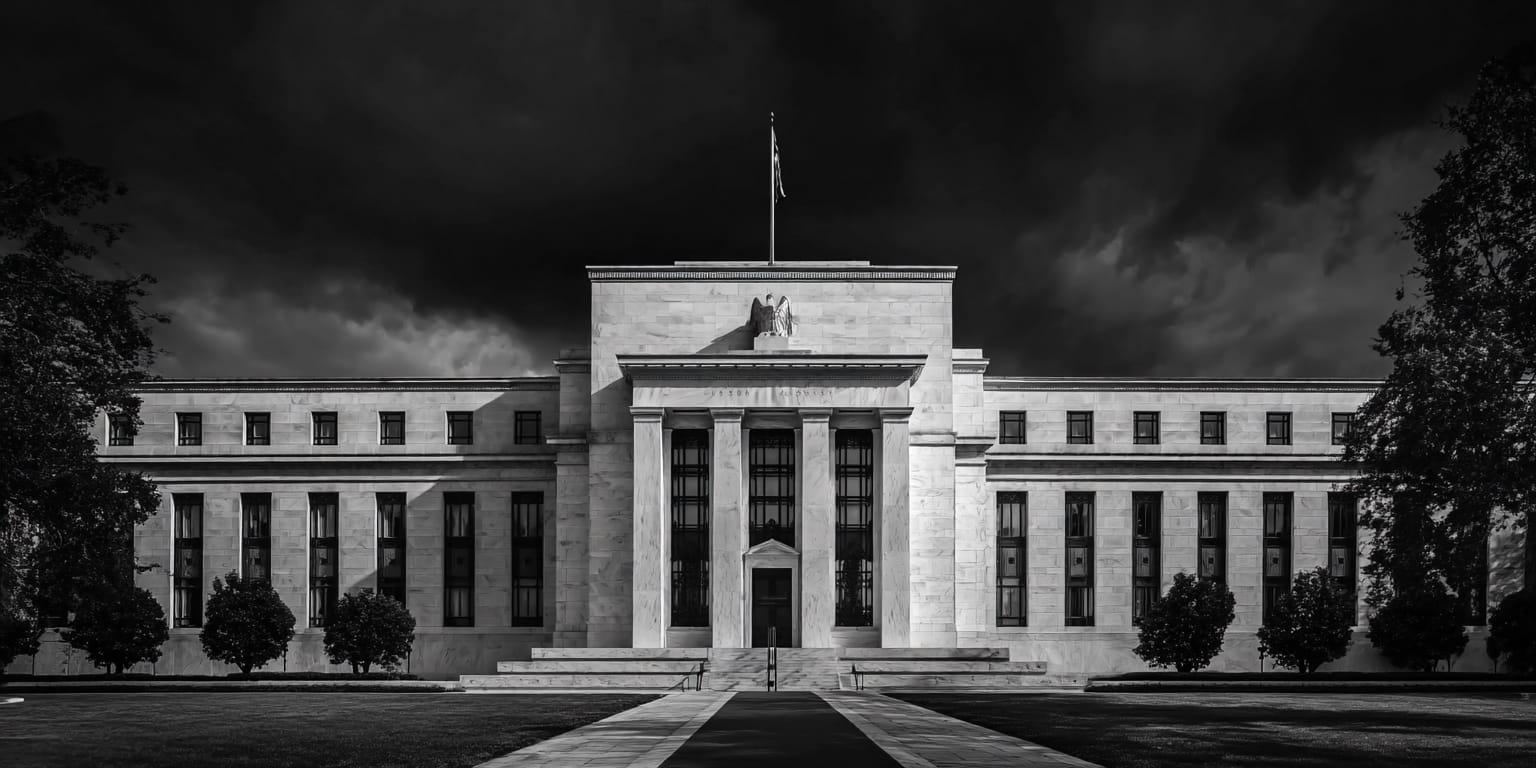US Treasury Yields Increase Post Fed Action

The Federal Reserve lowered its benchmark interest rate by 25 basis points on October 30, 2025. This adjustment set the target range at 3.75% to 4%. The decision marked the second rate cut of the year. It occurred during a government shutdown that restricted access to economic data. Federal Open Market Committee members voted 10-2 in favor of the move.
According to CNBC, U.S. Treasury yields rose in response. The 10-year Treasury yield increased more than 5 basis points to 4.109%. The 2-year Treasury note yield went up more than 3 basis points to 3.625%. The 30-year bond yield climbed more than 5 basis points to 4.655%. These changes reflected investor assessments of the policy shift.
Fed Chair Jerome Powell addressed the outlook in a news conference. He noted differing views among committee members on a potential December cut. Powell described the situation as one where the Fed operated with limited data due to the shutdown. The rate decision aimed to address current economic conditions.
Why This Matters
This rate cut reduces borrowing costs for consumers and businesses. Homeowners may see lower mortgage rates. Companies can access cheaper loans for expansion. Investors face adjusted returns on savings accounts and bonds.
Reuters reports that the decision halted the Fed's balance sheet reduction. This ended quantitative tightening, which had decreased holdings from $9 trillion in 2022 to $6.6 trillion. The move provides liquidity to money markets. It affects short-term lending rates for financial institutions.
The uncertainty over a December cut influences retirement planning. Savers might delay decisions on fixed-income investments. Borrowers could accelerate loan applications before potential pauses in easing. The Wall Street Journal states that stock indexes showed mixed responses. The Dow Jones Industrial Average fell 0.2%. The Nasdaq Composite rose 0.5% to a record high.
Industry Implications
The rate reduction eases pressure on banks' funding costs. Lenders may offer more competitive loan terms. This shifts dynamics in the mortgage and auto financing sectors. Investment firms adjust portfolios to account for lower yields.
Bloomberg notes that the 10-year yield stabilized at 4.08% after an initial surge. This stability supports bond market participants. However, it raises concerns for insurers reliant on higher yields for returns. Traditional banks face compressed net interest margins if rates stay low.
The policy signals potential volatility in global currency markets. Emerging economies may experience capital inflows. Skeptics point to internal Fed dissents as a risk factor. Reuters indicates a 67.9% probability for a December cut, down from 85%. This reflects a trend toward cautious monetary policy. Positive views see it as sustaining growth without overheating.
Further Reading
For deeper insights into global adoption trends, our Alternative Financial Systems Index tracks regulatory frameworks and adoption metrics across 50 countries.









